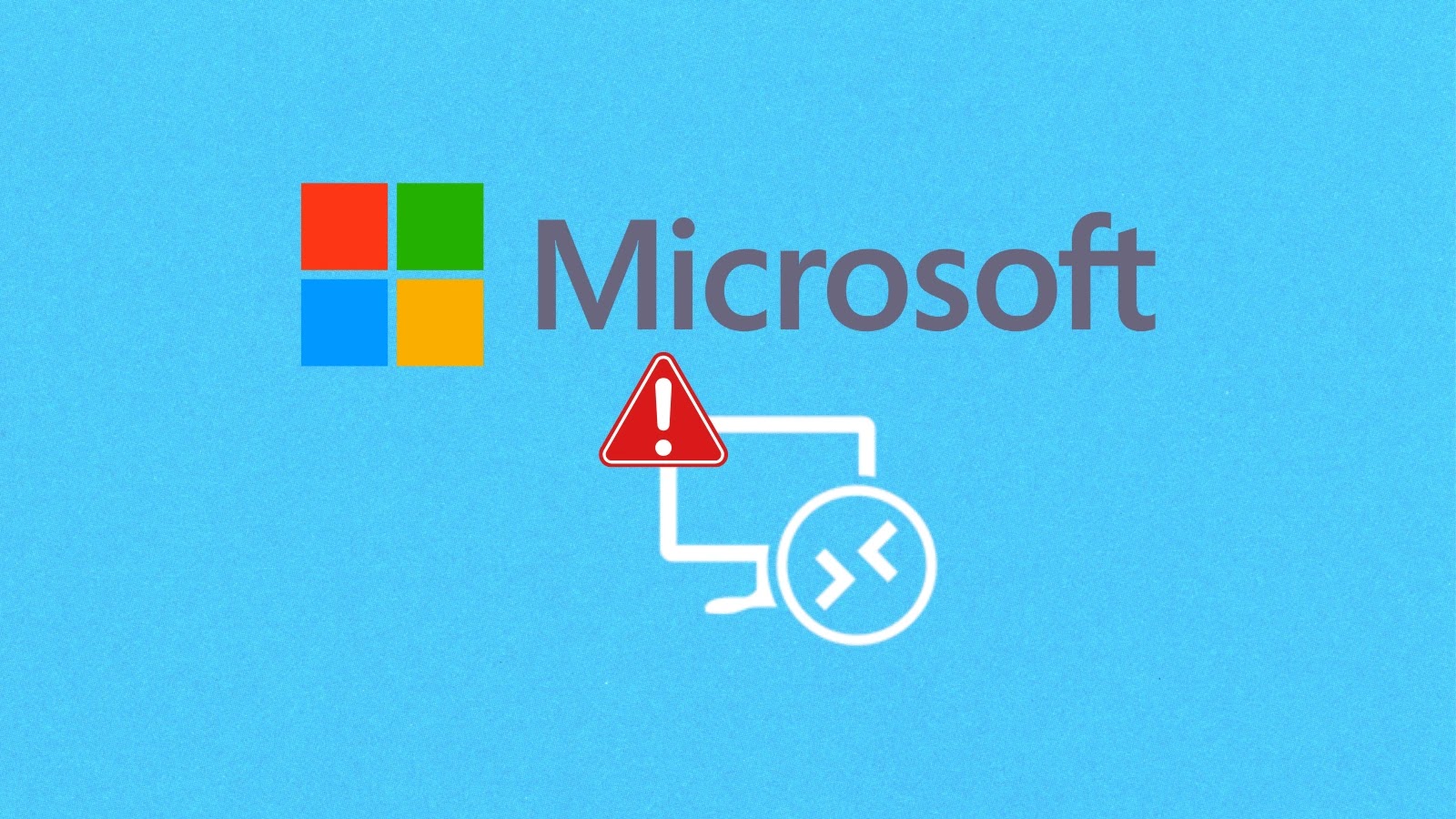
Hackers Actively Scanning to Exploit Microsoft Remote Desktop Protocol Services From 30,000+ IPs
In a significant escalation of cyber reconnaissance activities, threat actors have launched a massive, coordinated scanning campaign targeting Microsoft Remote Desktop Protocol (RDP) services. Leveraging an extensive network of over 30,000 unique IP addresses, these malicious entities are actively probing Microsoft RD Web Access and RDP Web Client authentication portals for vulnerabilities. This unprecedented operation signals a distinct shift towards large-scale preparation for potential exploitation, demanding immediate attention from IT professionals and security teams.
The Anatomy of a Coordinated RDP Scan Campaign
This recent campaign stands out as one of the largest coordinated RDP reconnaissance operations observed in recent years. The sheer volume of unique IP addresses involved — exceeding 30,000 — indicates a highly distributed and resourced effort. The primary objective is clear: identify exposed and potentially vulnerable RDP services that can serve as ingress points into organizational networks. Attackers are specifically focusing on the authentication portals of RD Web Access and RDP Web Client, which are common gateways for remote access.
RDP remains a perennial target for cybercriminals due to its widespread use and its nature as a direct conduit to internal systems. Successful compromise of RDP services can lead to:
- Initial Access: Gaining a foothold within a network, often bypassing traditional perimeter defenses.
- Lateral Movement: Exploiting the initial access to explore and move within the compromised network.
- Data Exfiltration: Stealing sensitive information from accessed systems.
- Ransomware Deployment: Encrypting critical data and demanding a ransom for its release.
- Persistence: Establishing backdoors for future access.
Understanding the Threat Landscape: Why RDP?
Microsoft’s Remote Desktop Protocol is an indispensable tool for remote work and administration, allowing users to connect to and control a computer over a network connection. However, its convenience also presents significant security challenges when not properly secured. Threat actors frequently target RDP due to several factors:
- Ubiquity: RDP is a standard feature in Windows operating systems, making it widely deployed across businesses of all sizes.
- Exposure: Many organizations expose RDP directly to the internet, creating an easily discoverable attack surface.
- Brute-Force Vulnerability: Weak or common passwords are often susceptible to brute-force attacks against RDP login pages.
- Known Vulnerabilities: Historically, RDP has been subject to critical vulnerabilities that, if unpatched, allow for remote code execution or unauthorized access. While specific CVEs for this current scanning campaign are not yet publicly detailed beyond reconnaissance, past examples like CVE-2019-0708 (BlueKeep) underscore the severity of RDP flaws.
This scanning burst suggests that threat actors are gathering intelligence to potentially exploit unknown or recently discovered vulnerabilities, or to launch sophisticated brute-force and credential stuffing attacks at scale.
Remediation Actions and Proactive Defenses
Organizations must take immediate and decisive action to mitigate the risk posed by this coordinated scanning campaign. A robust defense strategy for RDP services includes:
- Limit Exposure: Do not expose RDP directly to the internet. Utilize a Virtual Private Network (VPN) or a secure gateway (e.g., Azure AD Application Proxy, perimeter firewall with strict access rules) to control access.
- Strong Authentication: Implement strong, complex passwords and enforce multi-factor authentication (MFA) for all RDP connections. MFA is a critical deterrent against credential theft and brute-force attacks.
- Network Level Authentication (NLA): Enable NLA, which authenticates users before establishing a full RDP session, preventing unauthenticated access to the login screen itself.
- Patch Management: Keep all Windows operating systems and RDP-related components fully patched. Regularly apply security updates from Microsoft to address known vulnerabilities.
- Account Lockout Policies: Configure aggressive account lockout policies to thwart brute-force attempts.
- Principle of Least Privilege: Grant RDP access only to necessary users and for specific purposes. Regularly review and revoke unnecessary RDP permissions.
- Monitoring and Logging: Implement robust logging for RDP connection attempts (both successful and failed). Monitor these logs for suspicious activity, such as numerous failed login attempts from unusual IP addresses or unusual connection patterns. Tools like SIEM systems can automate this process.
- Firewall Rules: Configure firewalls to restrict RDP access (typically TCP port 3389) to only trusted IP ranges or VPN subnets.
- Web Application Firewalls (WAF): For RD Web Access portals, consider deploying a WAF to filter malicious traffic and protect against common web-based attacks.
Tools for RDP Security Management and Detection
Leveraging appropriate tools is essential for effectively managing and securing RDP services, and for detecting potential threats emanating from scanning campaigns like the one observed.
| Tool Name | Purpose | Link |
|---|---|---|
| Microsoft Defender for Endpoint | Advanced endpoint detection and response (EDR) for monitoring RDP activity, detecting anomalies, and preventing exploitation. | https://www.microsoft.com/en-us/security/business/threat-protection/microsoft-defender-for-endpoint |
| VPN Solutions (e.g., OpenVPN, Azure VPN Gateway) | Securely encapsulate RDP traffic and prevent direct internet exposure. | https://openvpn.net/ (Example) |
| MFA Solutions (e.g., Duo Security, Microsoft Authenticator) | Add an essential layer of security to RDP authentication. | https://duo.com/ (Example) |
| Nmap | Network scanner for identifying open RDP ports (for defensive purposes, to find your own exposure). | https://nmap.org/ |
| Security Information and Event Management (SIEM) | Centralized logging and analysis of RDP connection attempts, anomaly detection. | Generic term (e.g., Splunk, Microsoft Sentinel) |
| Vulnerability Scanners (e.g., Nessus, Qualys) | Identify known RDP vulnerabilities and misconfigurations in your environment. | https://www.tenable.com/products/nessus (Example) |
Conclusion: Fortifying RDP Defenses is Imperative
The coordinated scanning campaign involving over 30,000 IP addresses targeting Microsoft RDP services serves as a stark reminder of the persistent and evolving threat landscape. This massive reconnaissance effort indicates that adversaries are preparing for substantial RDP-based attacks, potentially leveraging newly discovered vulnerabilities or refined brute-force techniques.
For organizations, this is a call to action. Proactive measures, including stringent access control, multi-factor authentication, diligent patch management, and continuous monitoring, are no longer optional but are critical components of a resilient cybersecurity posture. Securing RDP is paramount to safeguarding networks and preventing potentially devastating breaches. Prioritizing these defenses now can significantly reduce the risk of compromise and protect sensitive organizational assets.





